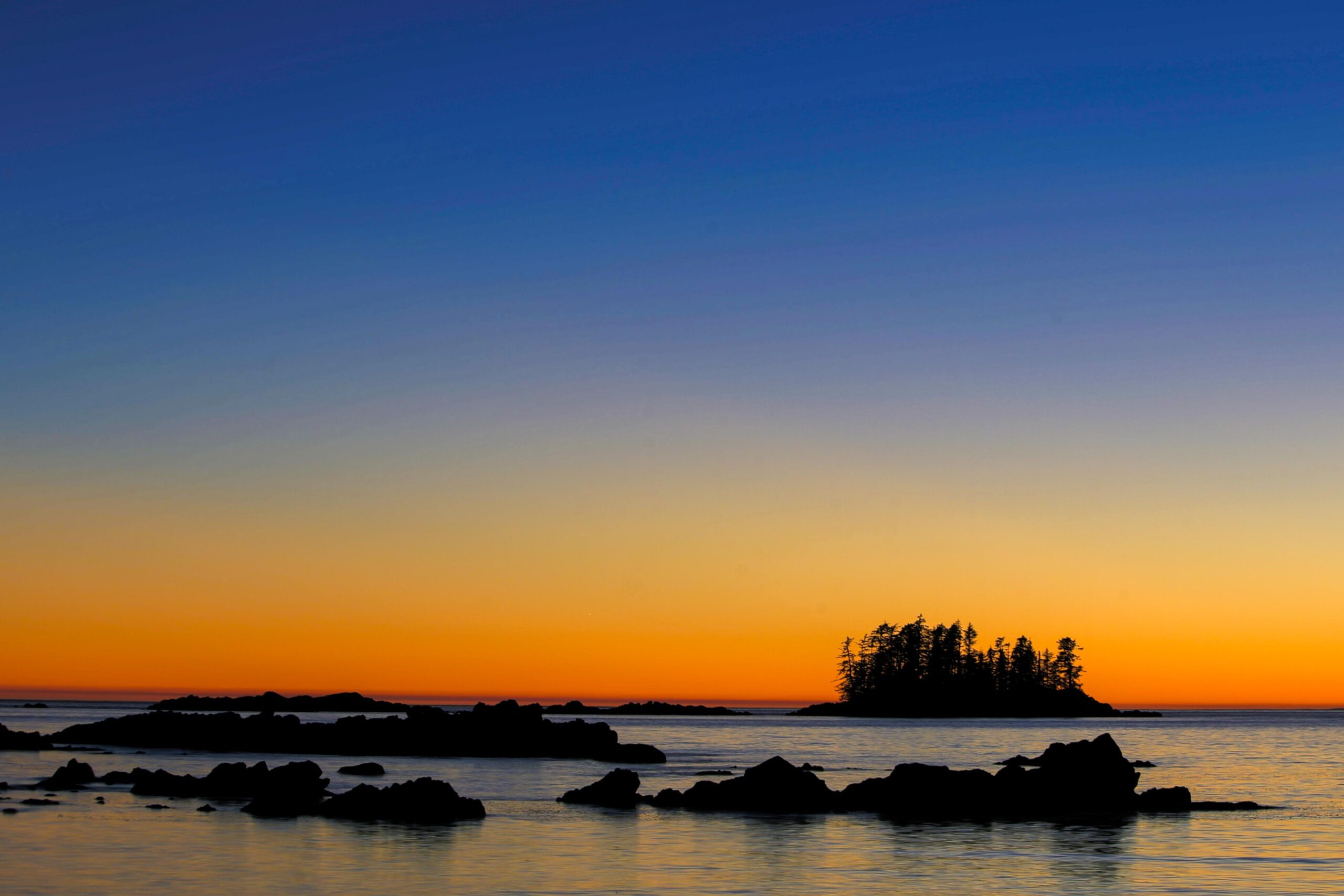Picture this: nestled just south of Glacier Bay National Park lie the Inian Islands, where the wild Pacific Ocean meets the intricate maze of Alaska’s Inside Passage. With the ebb and flow of the tide, billions of gallons of water surge in, creating a frenzy of activity as nutrients rise from the depths to nourish life above. It’s a veritable hotspot of energy, teeming with wildlife and ripe with tales waiting to be shared. From the majestic sea lions to the elusive otters, every corner of this untamed landscape holds a story begging to be captured through the lens of a camera. Join us as we dive into the captivating world of the Inian Islands, a place full of stories to tell and photos to capture.
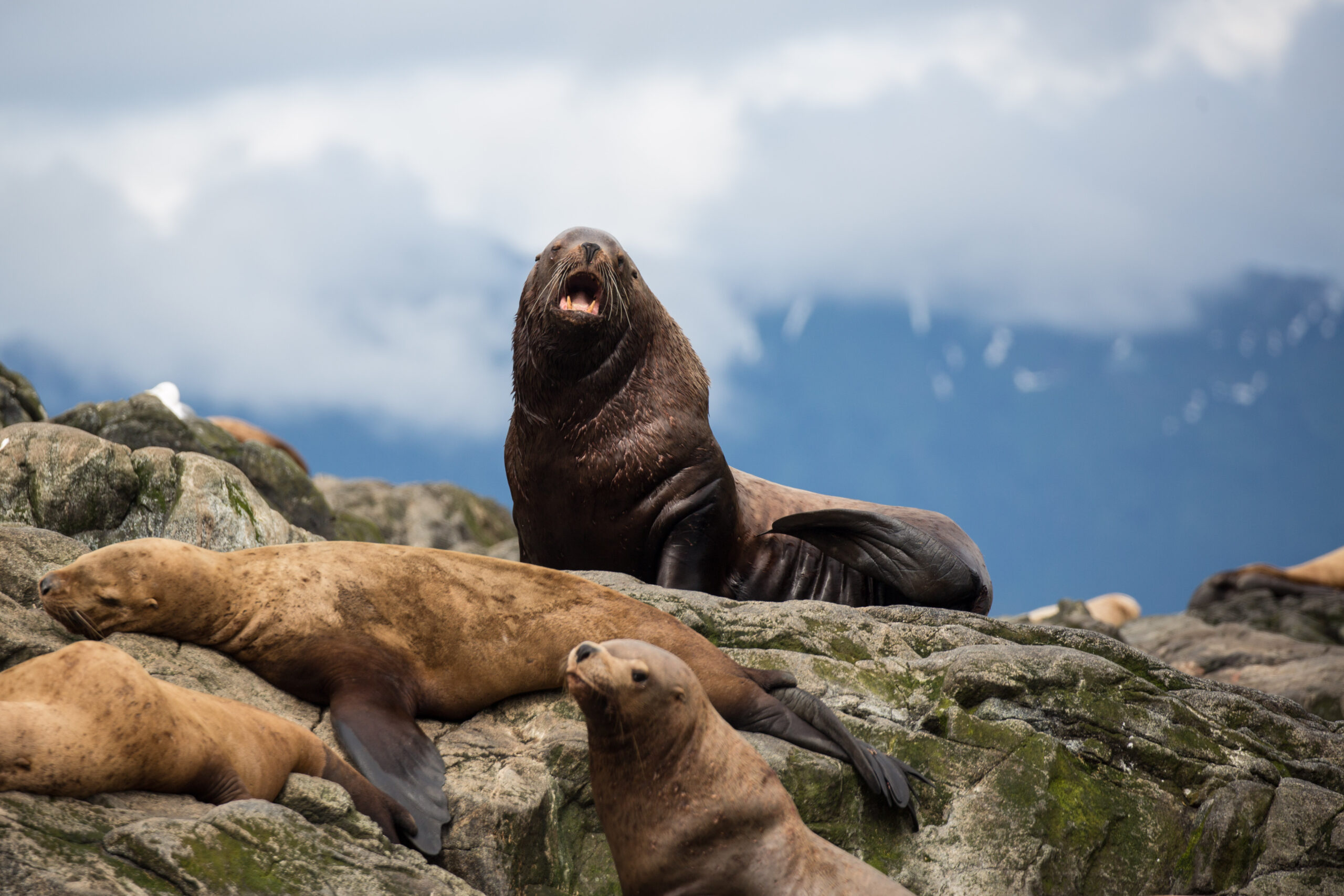
Steller sea lions cover the rocky shores of the Inian Islands, congregating in rookeries during the early summer mating season. Their loud vocalizations (and potent smells) fill the air as you approach any of the rocky outcroppings at the islands’ edges. These colossal pinnipeds, the largest of the sea lion kingdom, boast an insatiable appetite matched only by their impressive size. With a menu featuring fish, squid, and even the occasional octopus, they are able to thrive in the bountiful waters surrounding the islands and spend all of their time either hunting or resting for the next hunt.
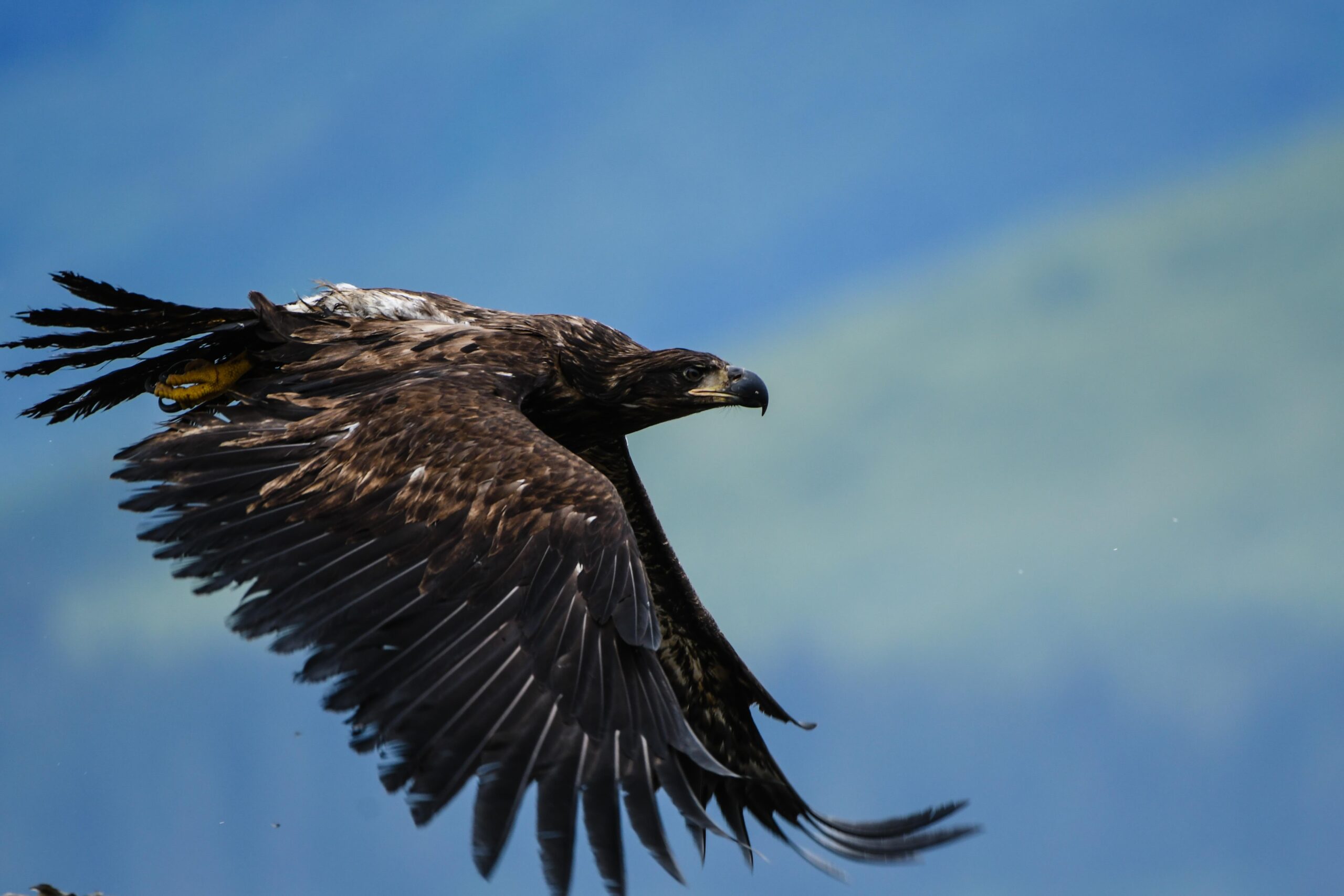
The predators come from above and below in the Inians. Scanning the tree line, it is not uncommon to see dozens of bald eagles patiently waiting. Mature individuals sport the distinctive white crown while juveniles blend in more easily with a mottled brown coat. When the eagles spot prey and decide to go on the hunt, they can reach dive speeds between 75 and 99 miles an hour. There are also dozens of other exciting bored species here, including horned and tufted puffins, peregrine falcons, black oystercatchers, and pigeon guillemots.
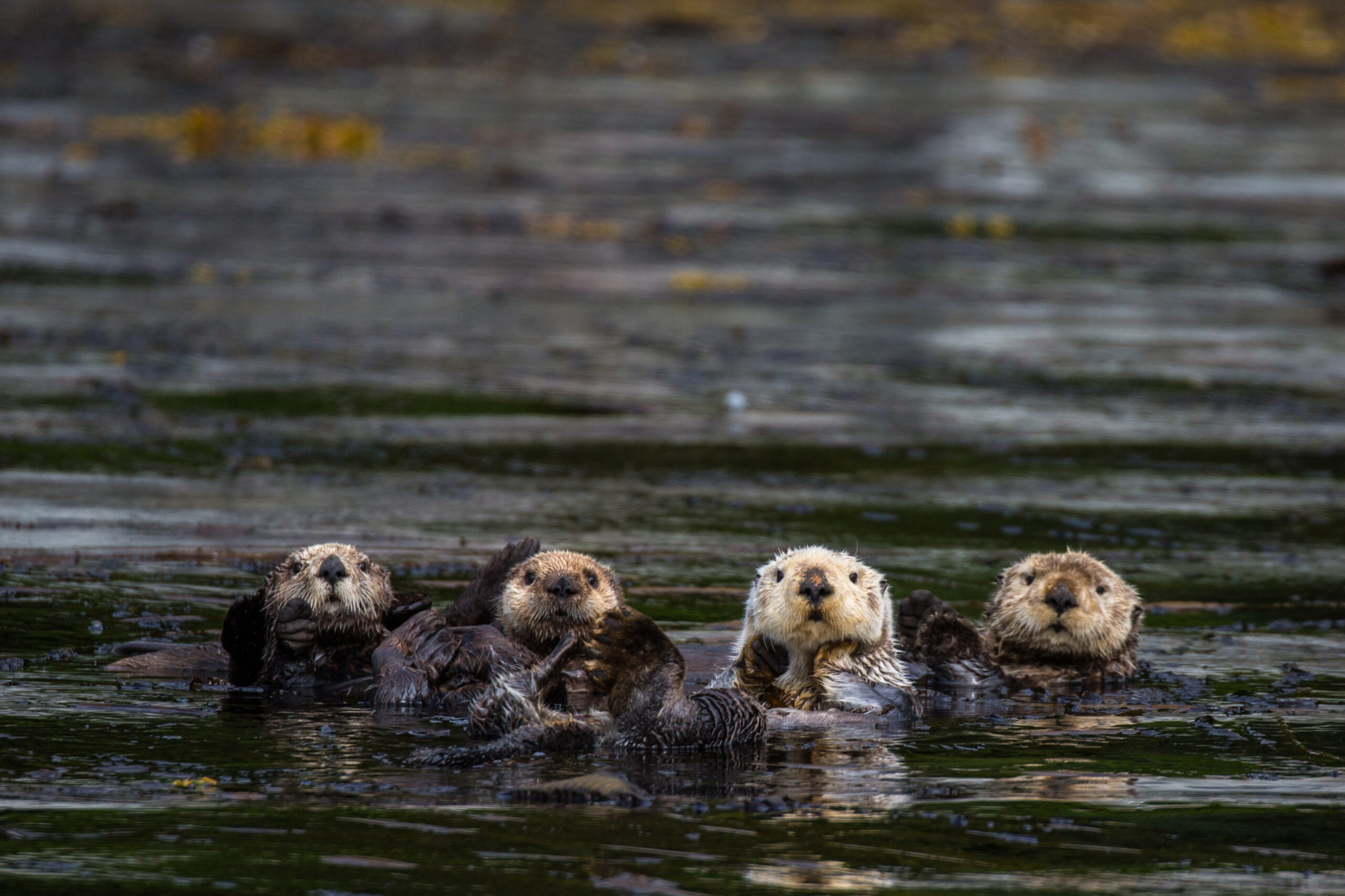
The nutrient-rich waters around the Inian Islands also support massive forests of bull kelp, a macroalga that grows upwards of 60 feet and makes the ideal habitat for the one and only sea otter. These furry creatures often float at the surface grouped together in rafts. Sea otters aren’t only adorable though. They’re also highly important to the balance of the ocean ecosystem in Alaska. As a keystone species, they are dominant predators, keeping populations of sea urchins low and maintaining the overall biodiversity of the region’s kelp forests.
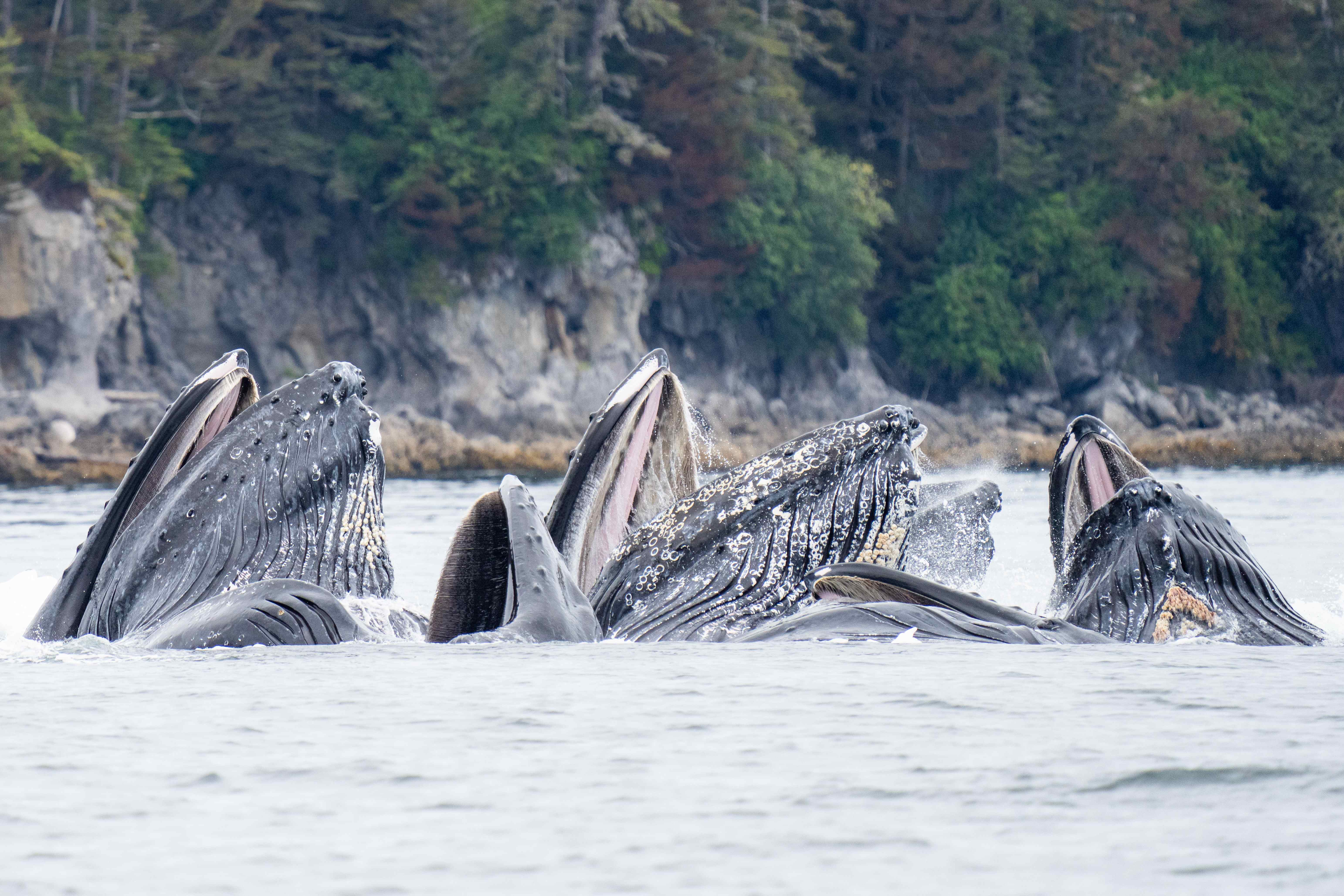
For the hundreds of humpback whales that flock to Alaska in the summertime, the all-you-can-eat buffet that waits in productive waters is the prize at the end of a multi-thousand-mile migration from Mexico and Hawaii. The humpback population here is incredibly unique. It is the only place in the world where humpback whales have been observed hunting collaboratively, using a method called bubble-net feeding wherein a group of whales works in unison with individualized roles to catch the herring that make up the majority of their diet. The whales will spend the summer feasting on fish in order to fuel up for their long journey south. The sight of a group of 2-20+ whales emerging at the surface is easily one of the most memorable and exciting of any trip to Alaska.
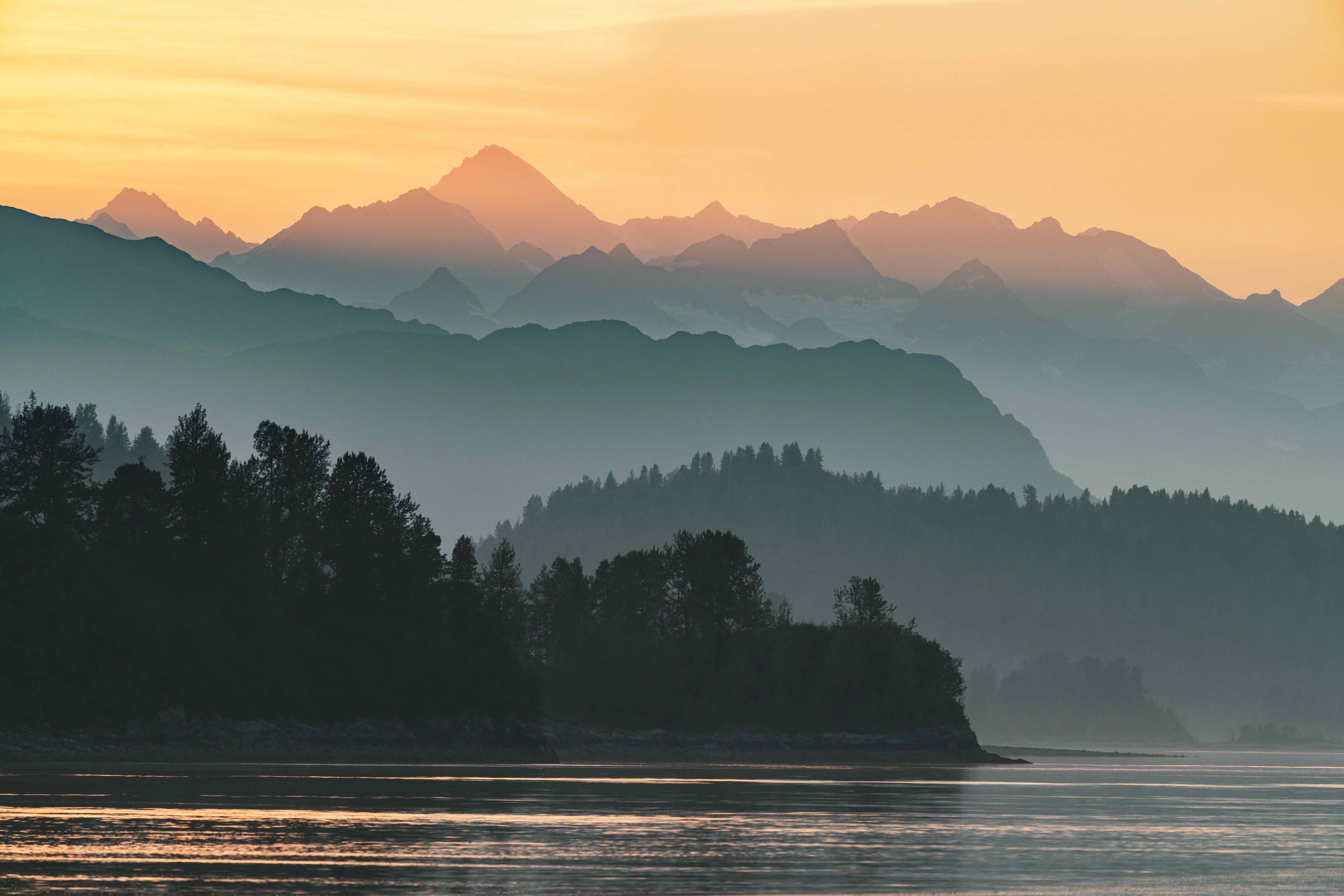
It’s not just the wildlife here; the landscape around the Inian Islands also sets them apart. Alaska is home to the top 10 highest peaks in America and one of those 10 sits just next to the islands. On those rare, crystal-clear days of summer, the scenery is nothing short of breathtaking, with the towering silhouette of Mount Fairweather visible in the distance, reaching a staggering 15,325 feet into the sky. But here’s the kicker – despite its grandeur, Mount Fairweather has a bit of a mysterious side. For much of the year, it’s veiled in a cloak of clouds and storms, leaving its awe-inspiring beauty shrouded in secrecy. Makes you wonder if the native name Tsalxhaan, meaning ‘mountain behind the clouds,’ might have been more fitting.
